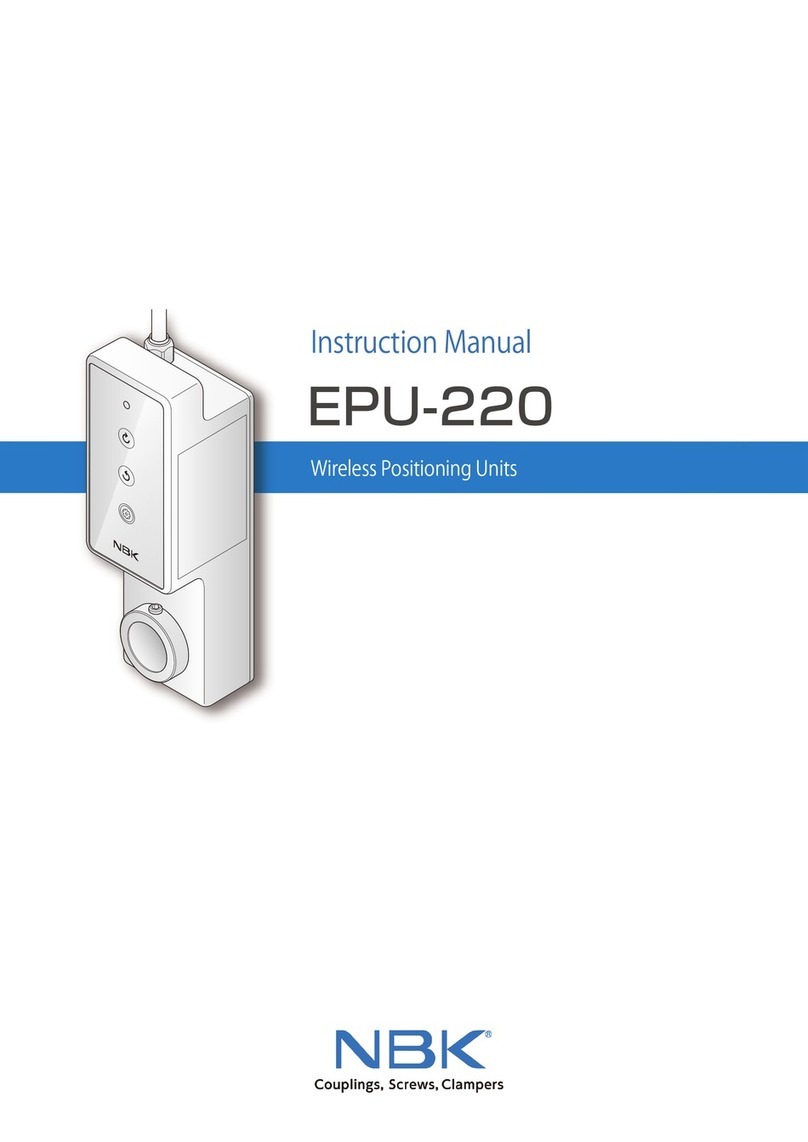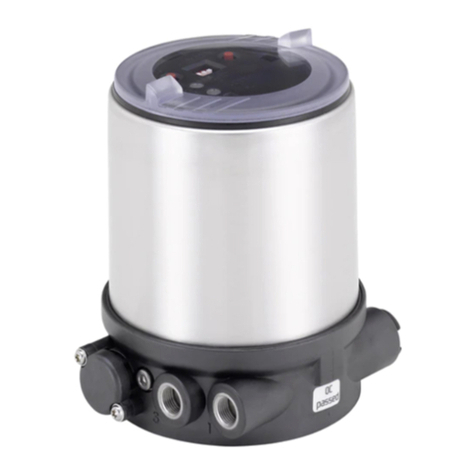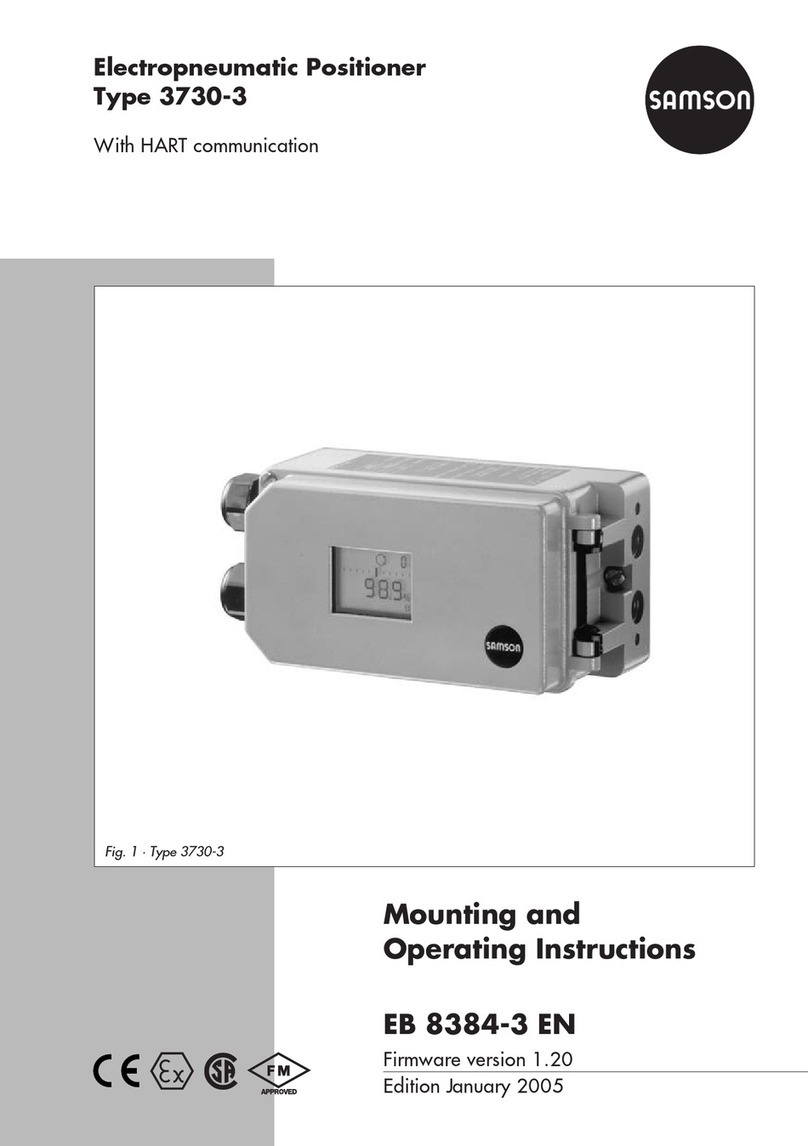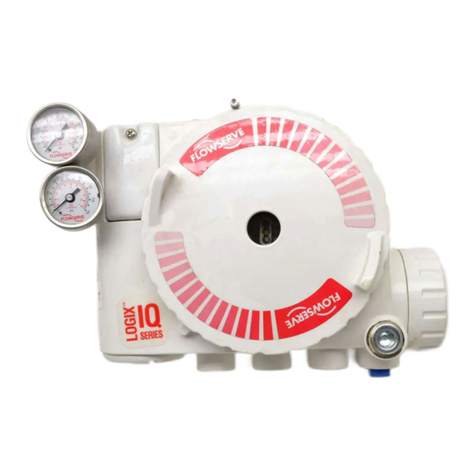
4
1 Cautionary Notes Regarding Safety
1.1
Cautionary Notes Regarding Installation and Wiring
・ Be sure to perform wiring after installation is complete. Not doing so may
result in an electric shock.
・ Do not allow conductive foreign matter, such as screws and metal pieces, or
flammable foreign substances, such as oil, to enter the internals. This may
result in an electric shock, fire, or a fault.
・ Be sure to install the unit in such a way that fire or personal injury does not
occur during an earthquake.
・ Insulate the cable connections. Not doing so may result in an electric shock.
・ If wiring in a location that is very dusty or may come in contact with water or
oil, process in a manner that will make them resistant to water and dust.
Not doing so may result in an electric shock, fire, or a fault.
・ Do not perform wiring while hands are wet. It may result in electric shock or failure.
・ Do not use this product underwater, corrosive atmosphere, flammable gas or harmful
gas, or near combustible materials. This may result in an electric shock, fire, or a fault.
・ Do not damage, apply excessive stress, place heavy objects on, pinch, or bend
the cables repeatedly. This may result in an electric shock, fire, or a fault.
・ Do not use in locations subject to severe vibration or impacts. This may result
in an electric shock, injury, fire, or a fault.
・ Perform wiring correctly and securely. Not doing so may result in an electric shock, fire, or a fault.
・ Install according to the specified mounting method and mounting direction.
Not doing so may result in injury or a fault.
・ Consider each of the specifications, such as the main unit weight and rated
output, when installing and install in an appropriate environment. Not doing
so may result in injury or a fault.
・ Install the unit where the ambient temperature is -5°C to 55°C (non-freezing)
and the ambient humidity is 20%RH to 85%RH (non-condensing). Not doing so
may result in a fire or a fault.
・ Take measures regarding peripheral devices that are affected by noise as
noise may be generated by the PWM switching control. Also consider the
installation environment as the unit itself may be affected by external noise.
・ Adjust the alignment between the output shaft and the partner device
accurately. Not doing so may result in a fault.
・ Check and adjust each setting before operation to avoid unexpected
operation. Not doing so may result in injury or a fault.




























